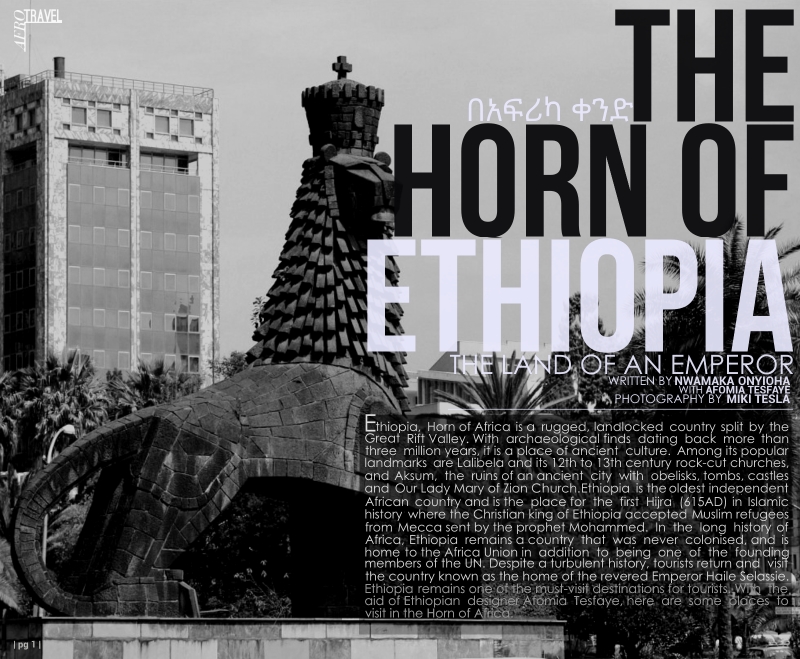
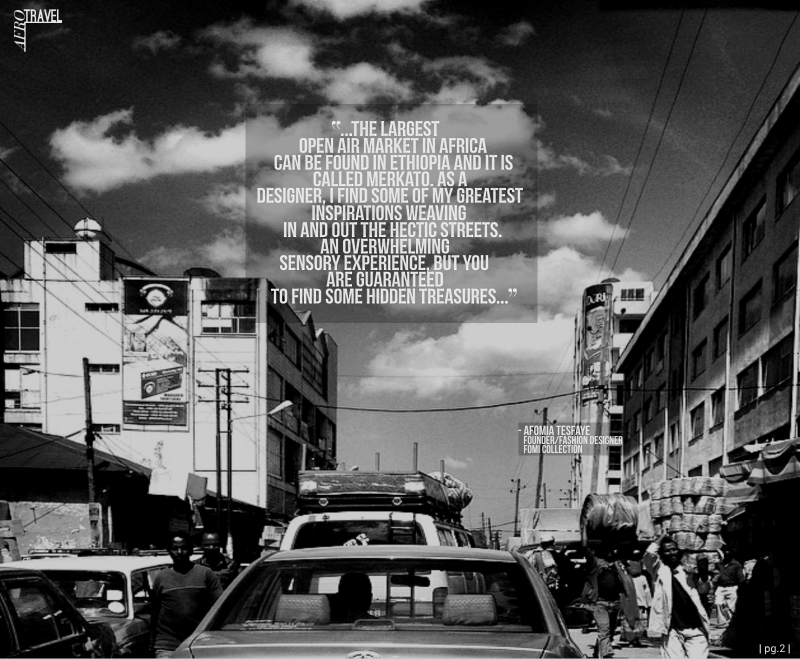
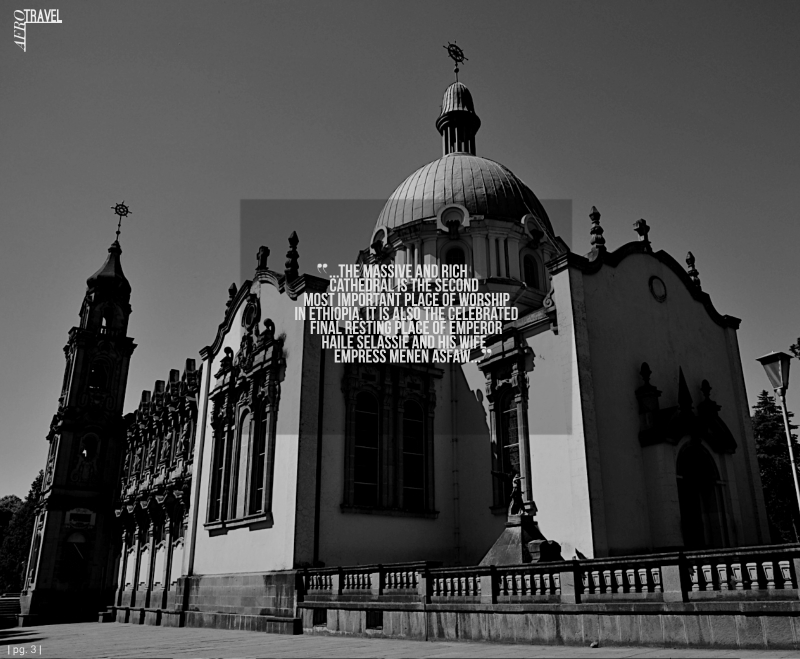
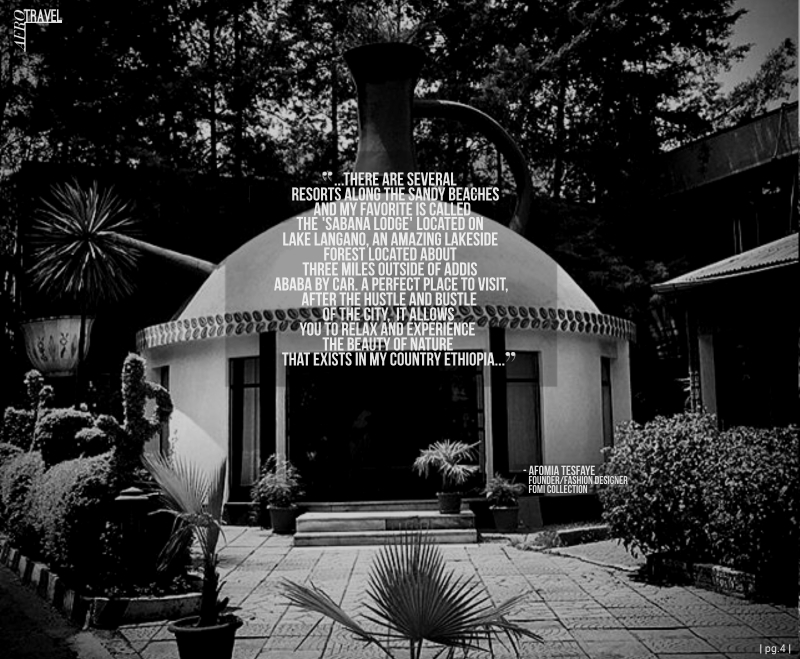
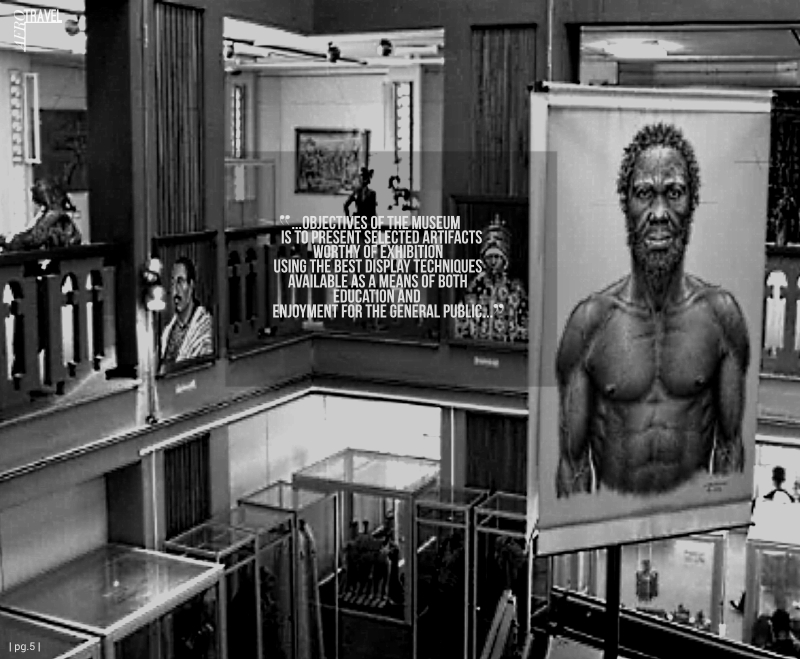
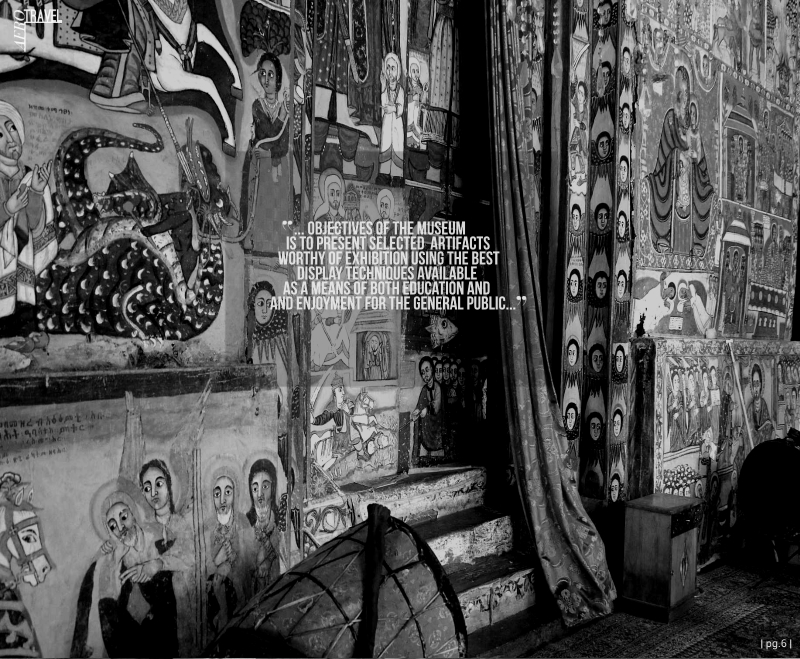
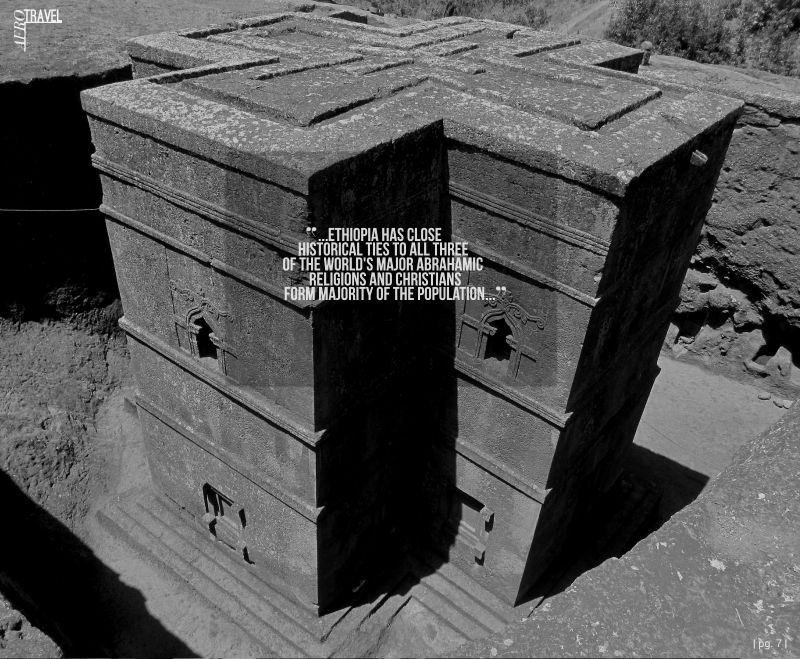
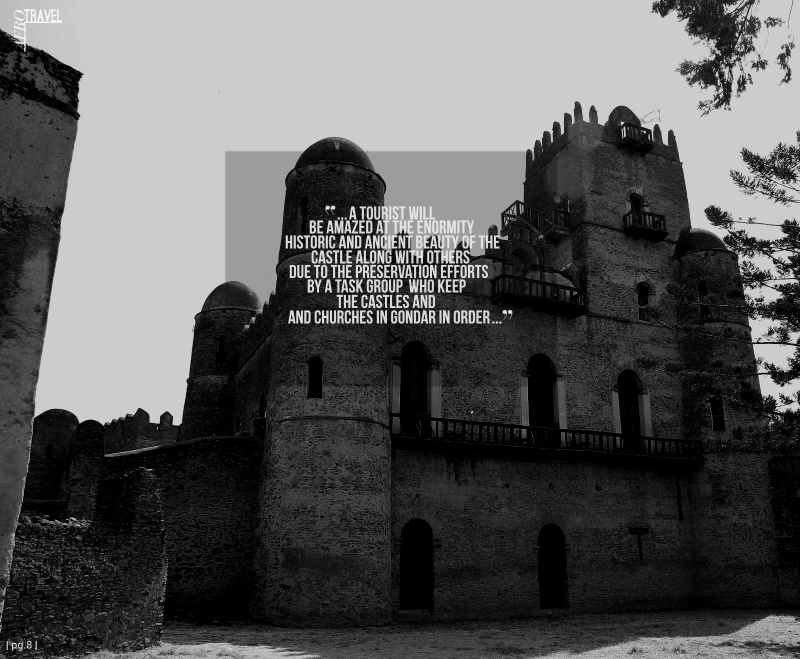
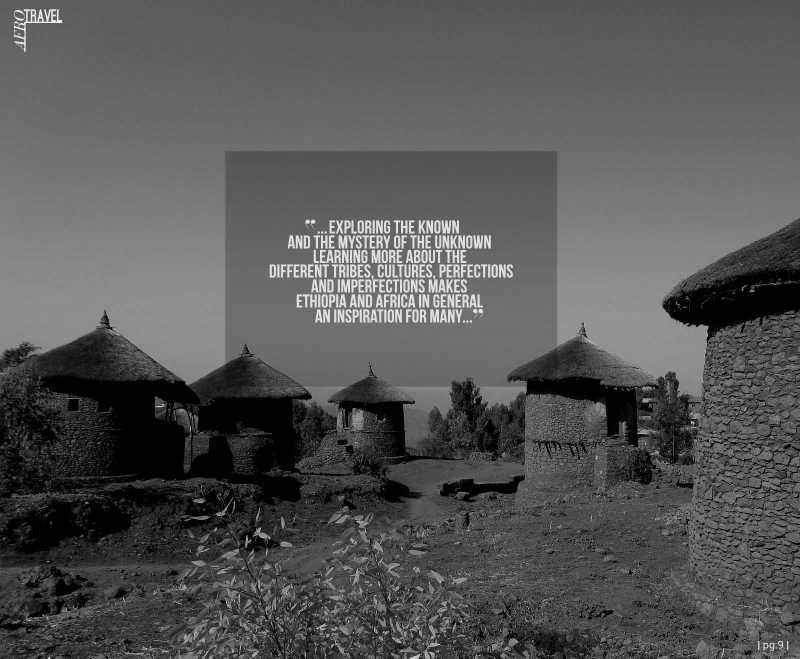









With a population of about 4 million inhabitants, Addis Ababa in Ethiopia is the largest city in the country and is rapidly growing. It is the seat of the Federal Government of Ethiopia along with the second largest city, Dire Dawa in the Oromia Region. With more than one hundred and twenty (120) international missions and embassies in Addis Ababa, it is one of the primary centers for international diplomacy in Africa. Rich in history, culture and landscape give context to Ethiopia's culture, churches, ceremonies and food. The largest open air market in Africa can be found in Ethiopia and it is called Merkato from the Italian word for "market" located in the Addis Ketema district of Addis Ababa – a favorite for fashion designer Afomia Tesfaye. “As a designer, I find some of my greatest inspirations weaving in and out the hectic streets within Merkato,” she stated. “It is the place within Addis Ababa that you are able to find some of the most unique and authentic items. Merchants sell everything from jewelry, spices, coffee, fabrics and even electronics in their stalls.” Finding pieces exclusive to her to collections is a breeze despite the crowd. “I always find the most unique pieces of leather that I have used for making handbags. Without question, it can be an overwhelming sensory experience, but you are guaranteed to find some hidden treasures that always make it worth the hunt!”
A must-visit is the National Museum of Ethiopia located near the Addis Ababa University. The first measure taken in Ethiopia towards safeguarding the nation’s historical and cultural heritage was when archaeological research began in collaboration with a French team of scientists. Due to the continuing research, the need to organize an institution to preserve and exhibit the collections became priority. The National Museum of Ethiopia was established in 1944 and began its activities by exhibiting a few archaeological collections as well as some ceremonial costumes and ethnographic objects. The museum evolved and developed leading to the current building where it is housed today. One of the major objectives of the museum is to present selected artifacts worthy of exhibition using the best display techniques available as a means of both education and enjoyment for the general public. Exhibits of the National Museum include paleontology and pre-history of lucy and other fossils including stone tools; historical and archaeological findings depicting the early history from the pre-Axumite times to 16th century AD; the traditional and ceremonial costumes, jewelry and more reflecting the diverse cultures of the various ethnic groups; and Modern Art of selected paintings and sculptures from different Ethiopian artists, such as Maitre Artist Laureate Afework Tekle. With almost every object having a written description, visitors can learn about the nation’s rich history.
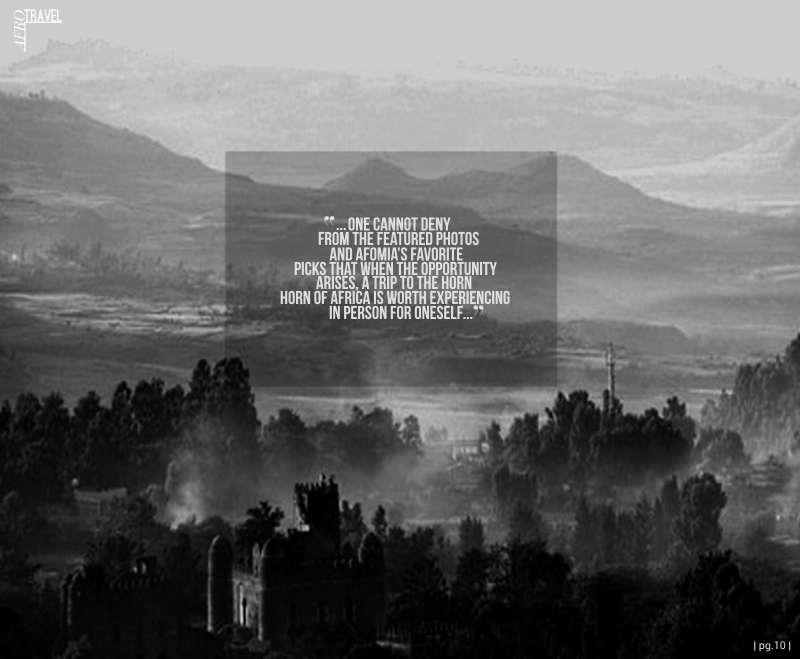
Ethiopia has close historical ties to all three of the world's major Abrahamic religions and Christians form the majority of the population. Islam is the second most followed religion while of the population (mainly in the far south and southwest) follows traditional religions and other religions such as Judaism etc. In addition to being the country known as the spiritual homeland of the Rastafari religious movement, Ethiopia is the site of the first hijra in Islamic history and the oldest Muslim settlement in Africa in the village of Negash. One of Afomia’s favorite places to visit located in the Eastern part of the country is Harar, which is often referred to as the walled city and “is considered to be one of the holiest centers of Islam,” she explains. “It is without question one of my favorite provinces to visit when I go back home.” Her description of Harar makes one visualize being right there with her taking in the beauty of Ethiopian history. “It has maze-like cobble stone streets that you can stroll endlessly and see the amazing architecture of ancient shrines and mosques still intact.” However, her favorite and most inspiring activity to do in Harar is “to simply people watch,” she chimes and explains why. “Harar is widely known for the style and fashion of the local women. They adorn themselves in spectacular colorful fabrics, veils, robes, jewelry and often wear henna on their hands and feet.” For her “it is, without question, a unique travel experience and a definite must-see when visiting Ethiopia.”
As a result of the strong religious ties, there are amazing religious locations to visit. Such tourist attractions include the rock-hewn churches of Lalibela (North Wollo Zone). Lalibela, which is quite a distance from Addis Ababa, is internationally-renowned for its rock-hewn churches which are sometimes called the Eighth Wonder of the World. Physically prised from the rock in which they stand, these monolithic churches were originally thought to have been built in the 12th century during the reign of King Lalibela, but some have been dated back to the 10th century. There are eleven churches, assembled in three groupings: The Northern Group consisting of Bete Medhane Alem, home to the Lalibela Cross and is believed to be the largest monolithic church in the world. It is linked to Bete Maryam that is possibly the oldest of the churches; Bete Golgotha known for its arts and said to contain the tomb of King Lalibela; and the Selassie Chapel and the Tomb of Adam. The other groups include the Western Group that has the most finely executed and best preserved church Bete Giyorgis and in the Eastern Group, the Bete Amanuel, Bete Merkorios, Bete Abba Libanos and Bete Gabriel-Rufael can be found. Another site tourists visit is the Holy Trinity Catheral off Niger St. The massive and rich cathedral is the second-most important place of worship in Ethiopia (ranking behind the Old Church of St Mary of Zion in Aksum). It is also the celebrated final resting place of Emperor Haile Selassie and his wife Empress Menen Asfaw. Their massive Aksumite-style granite tombs sit inside and are a sight indeed. The churchyard also hosts the graves of many patriots who died fighting the Italian occupation, including the resistance fighter Ras Imru as well as the tomb of the famous British suffragette Sylvia Pankhurst who is said to be one of the few outside Ethiopia who protested Italy’s occupation. She moved to Addis Ababa in 1956.
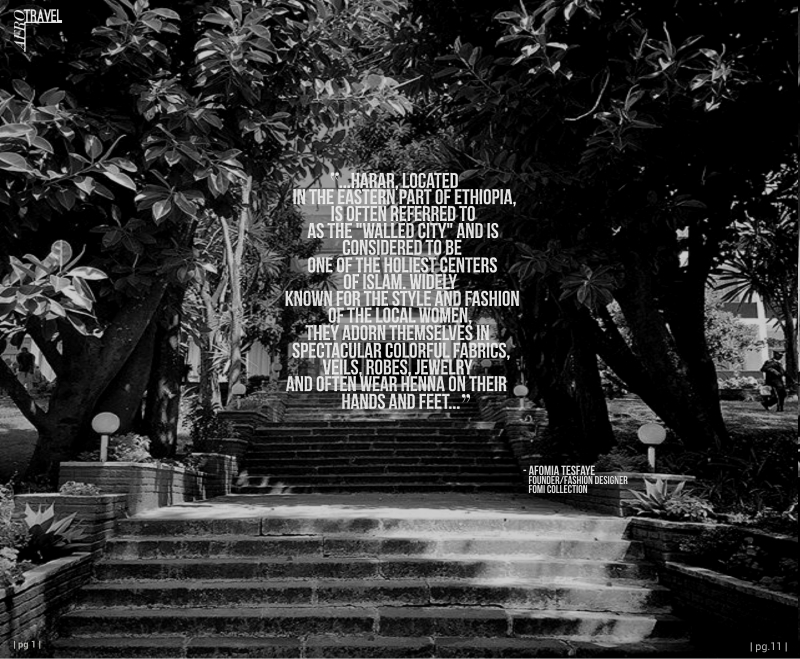
Historic and important is the Fasilides Castle, a stunning tourist destination built in 17th century for the Ethiopian emperor Fasilides Alam Sagad. The old castle can be found in Gondar, Amhara Region and its structure is purely made of stone. Ethiopian Emperor Fasilides Alam Sagad is considered to be one of the remarkable rulers in Abyssinia, the ancient name of Ethiopia. He founded the city of Gondar in 1636 which became the capital of Abyssinia, which is in the northwestern part of Ethiopia. The Gondar city during that time was one of the most significant business centers in Abyssinia; and home to various cultural and administrative amenities that led to a prosperous city. During the growth of the city via the building of castles, churches and other infrastructures, the emperor’s castle was built. With little damage to the castle, a tourist will be amazed at the enormity, historic and ancient beauty of the castle along with others due to the preservation efforts by a task group who keep the castles and churches in Gondar in order. Paying a visit at Fasilides Castle is said not to be hard as there are also many tourists roaming around the old city; and the locals selling souvenir items, food and refreshments for those who become hungry or need some souvenirs to purchase.
Lake Langano is Afomia’s last recommendation…at least for this article. Driving to this amazing lakeside forest location by car about 3 hours outside of Addis Ababa is worth the trip. As she explains, “there are several resorts along the sandy beaches and my favorite is called the Sabana Lodge.” Had enough of the busy metropolis? Then “Langano is the perfect place to visit when you want to leave the hustle and bustle of the city,” Afomia says. “It allows you to relax and experience the beauty of nature that exists in Ethiopia. There is a lot of wildlife to observe around the lake, so it is not uncommon to see monkeys, hippos and all kinds of rare exotic birds.” In addition to the wildlife sightseeing Afomia loves the popular water-sports that one has to experience. Such water-sports include swimming sailing, and water skiing.
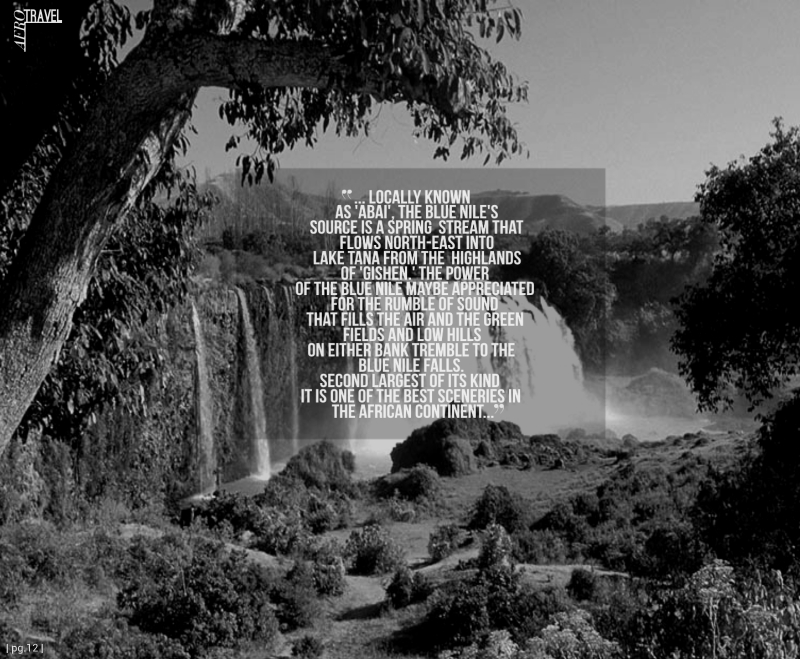
There is a long list of places to visit that cannot be squeezed into this write up. Yet, one cannot deny from the featured photos and Afomia’s favorite picks that when the opportunity arises, a travel to the Horn of Africa is worth experiencing in person for oneself. Taking in the ancient beauty fused with the modern contemporary of the country. Exploring the known and mystery of the unknown; learning more about the different tribes, cultures, perfections and imperfections makes Ethiopia and Africa in general an inspiration for many - from designers, entertainers to volunteers and the adventure seekers within and outside the continent. Great preparation is encouraged when you decide to begin your adventure. In addition to an in depth research of your own, contacting a professional tour operator or the Department of Tourism is advisable for more information and education to aid in the preparation of your trip to Ethiopia; and when you return, you can check this off your bucket list with a smile with a lot of stories ready to be told.